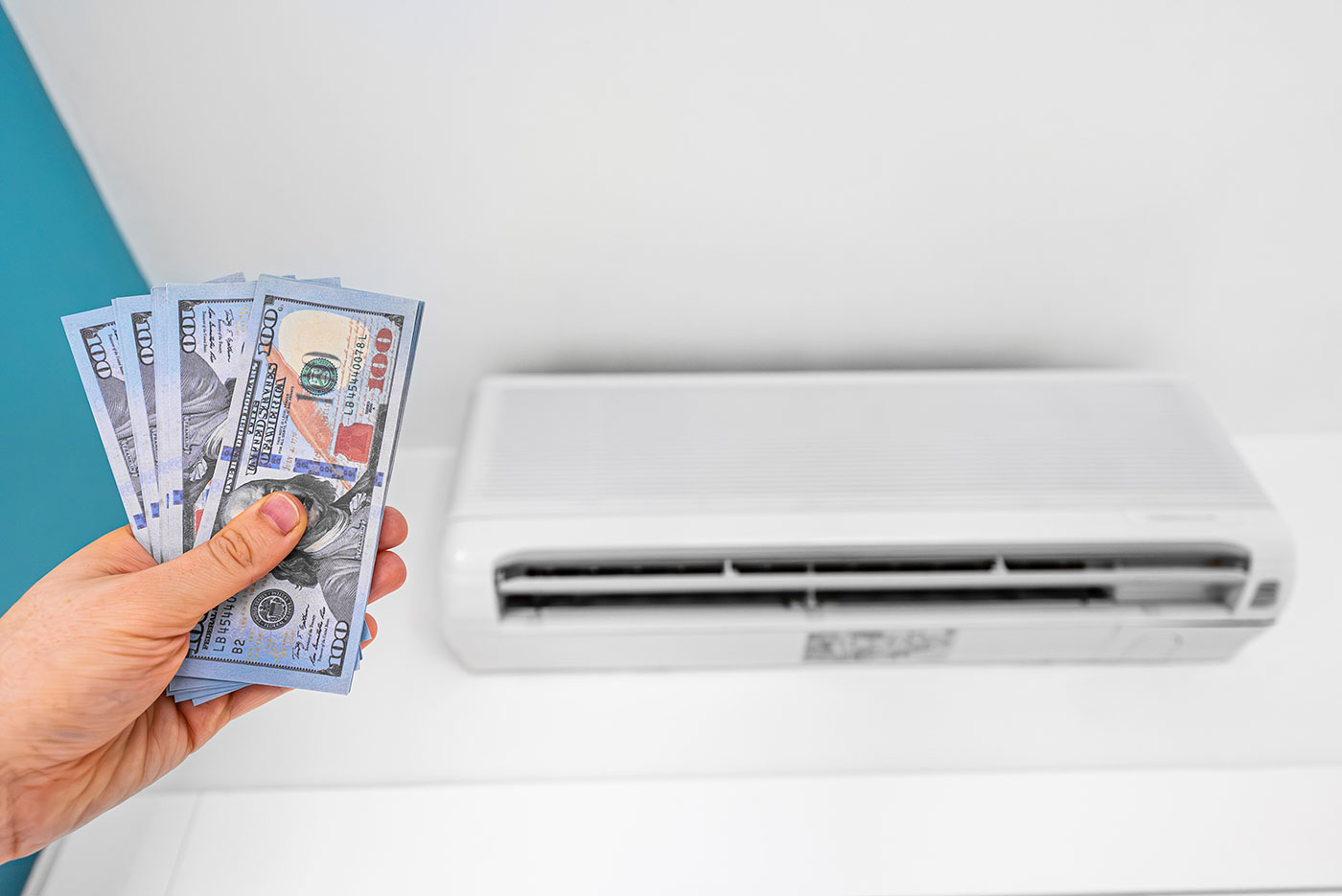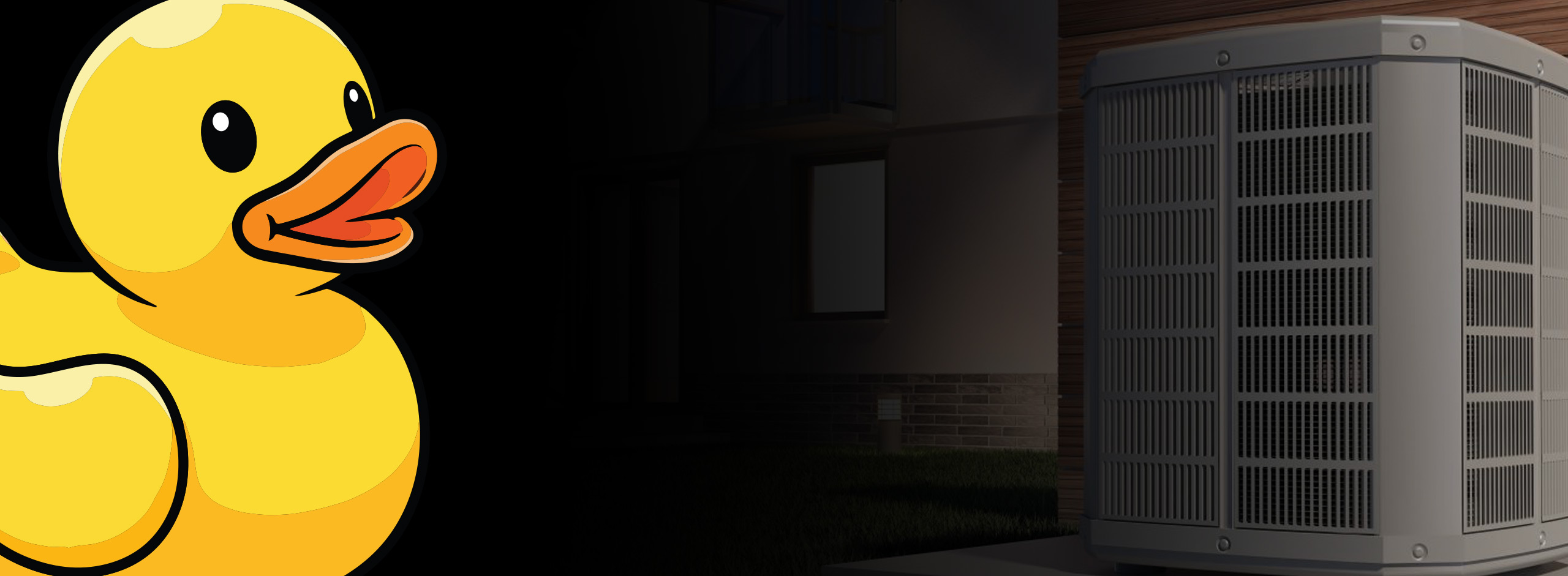THE FLOCK CLUB
Level 1
A low-level maintenance program for a residential furnace and air conditioner typically includes essential tasks aimed at ensuring the efficient and reliable operation of the HVAC system without requiring extensive time or resources. Here’s what such a program might entail:
Certainly! Adding a point about wiping down the system to remove accumulated dust can help improve its efficiency and prolong its lifespan. Here’s the revised list:
By incorporating regular wiping down of the system into the maintenance routine, homeowners can further enhance the efficiency and longevity of their residential furnace and air conditioner.
Level 2
A super in-depth maintenance program for a furnace and air conditioner encompasses comprehensive tasks aimed at maximizing system performance, efficiency, and longevity. This program typically involves thorough inspections, cleaning, adjustments, and testing of various components. Here’s what such a program might entail:
By implementing a super in-depth maintenance program, homeowners can ensure their furnace and air conditioner operate at peak performance, energy efficiency, and reliability, while also maximizing indoor comfort and air quality. Regular maintenance not only prevents costly repairs and breakdowns but also extends the lifespan of HVAC equipment and reduces energy consumption.





